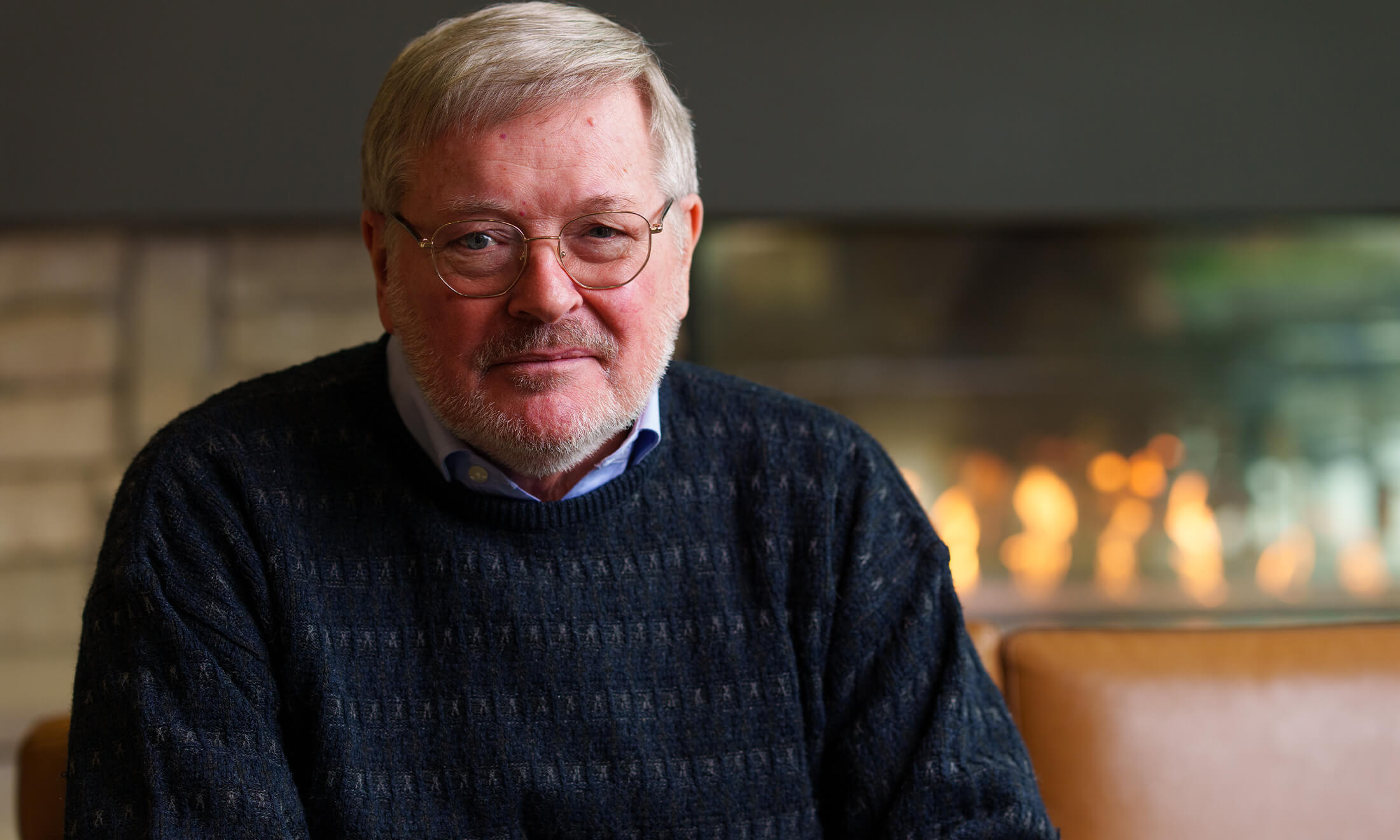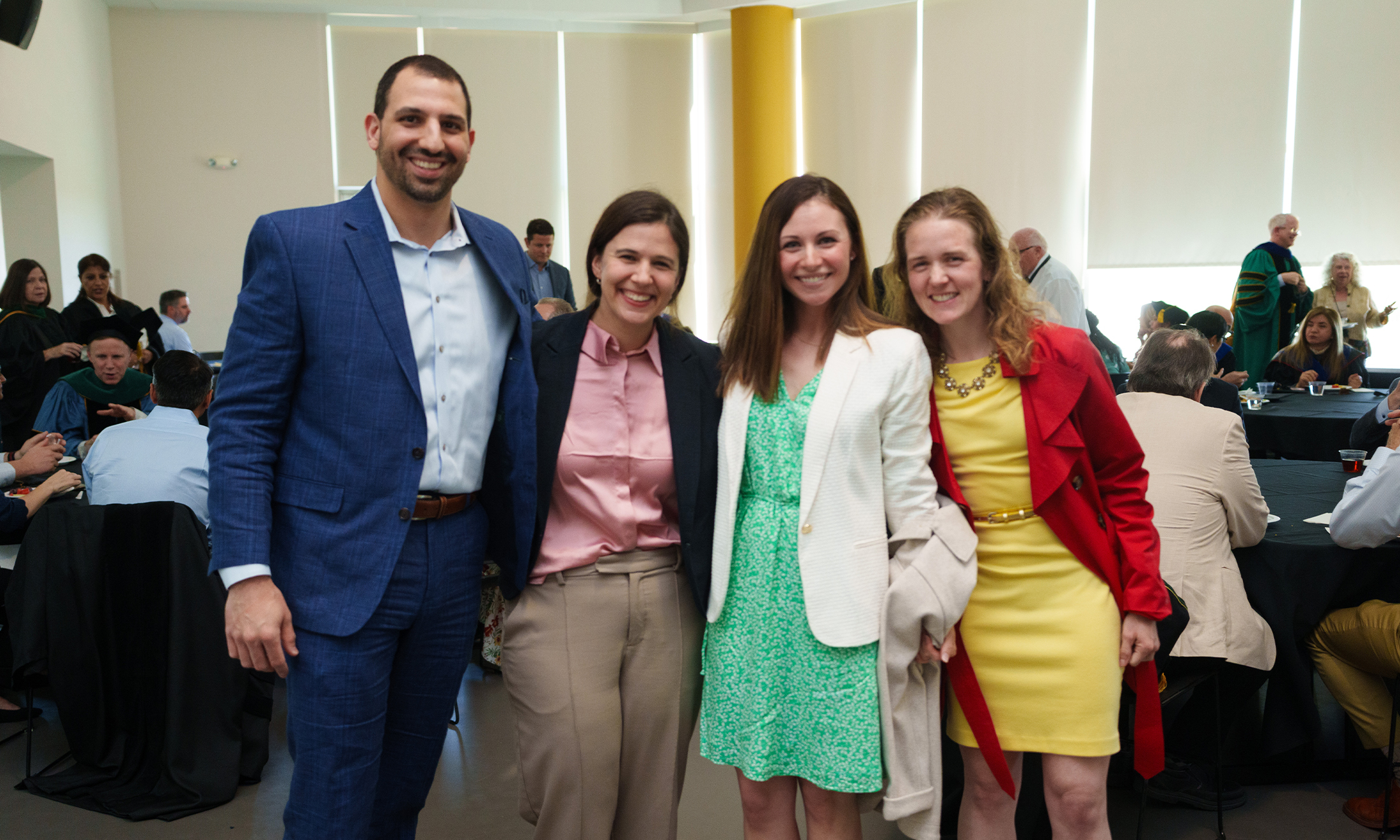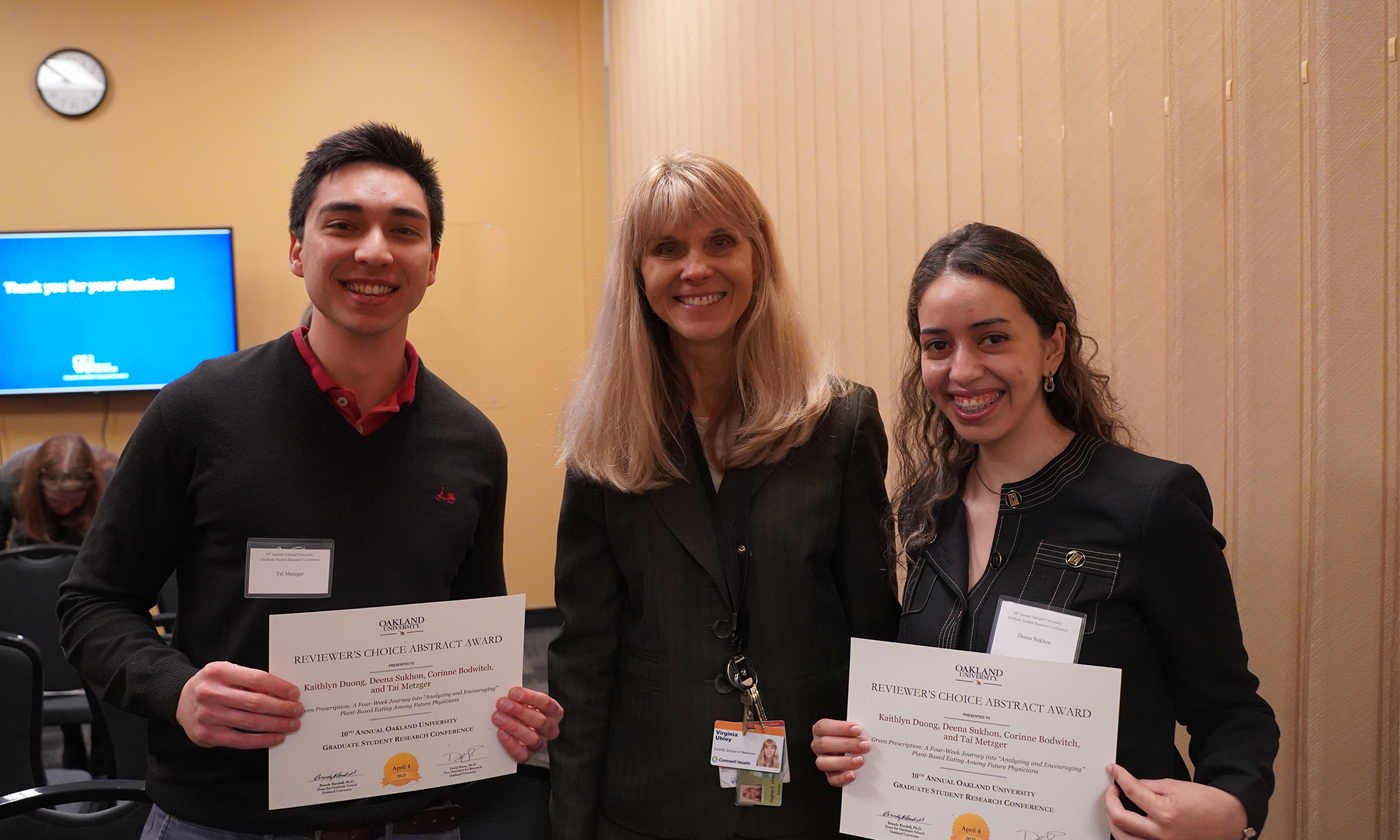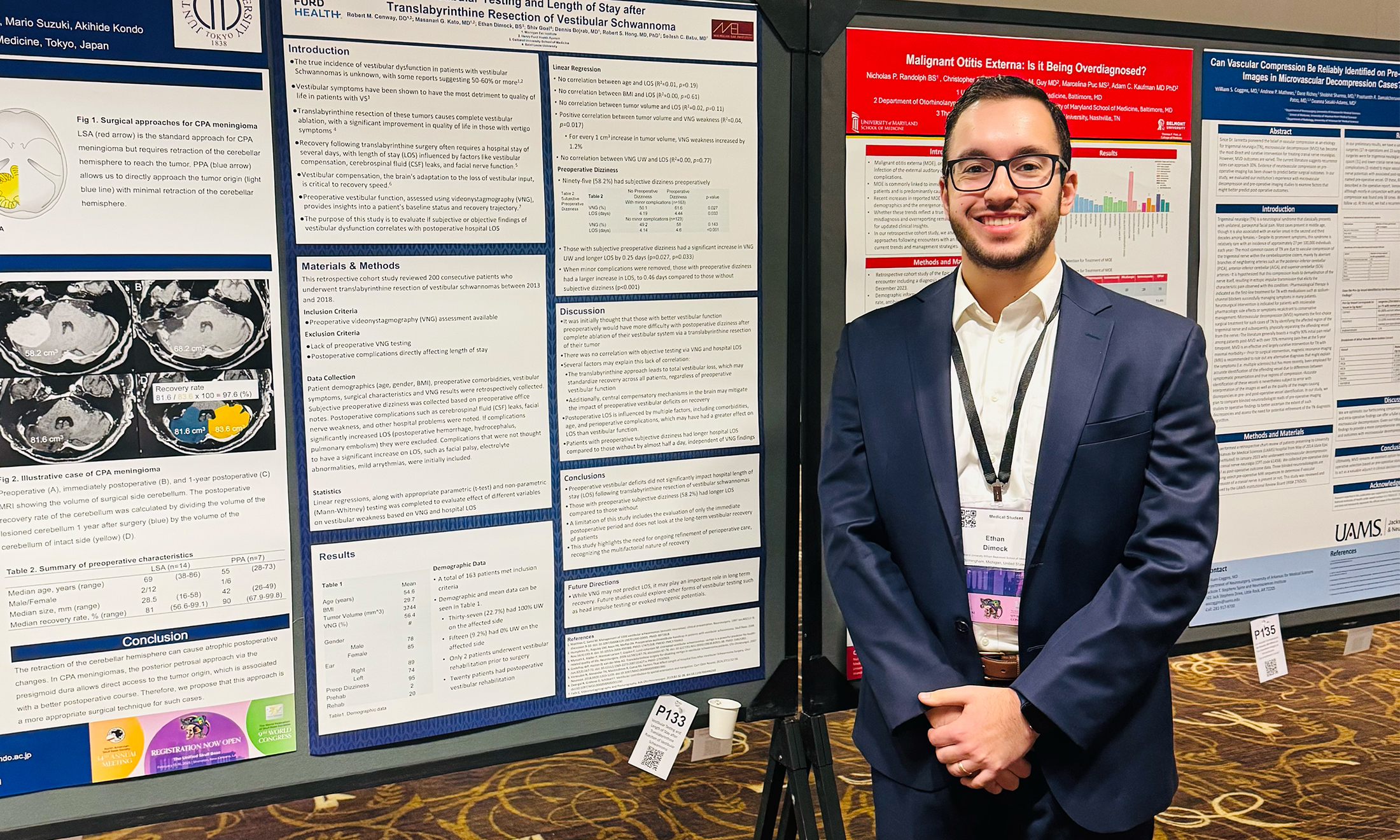‘Life-changing’ scholarship
OUWB donor: ‘Money means more here than it does at Harvard’
Constant improvement with an eye on the future has always been important to Dick Amacher — the most recent example found in a generous gift he and his wife gave to OUWB.
It’s a good example, he says, because the hope is to not only help the student who benefits from the gift — a full-ride scholarship — but also inspire others to follow suit.
The key, he says, is for potential donors to realize just how much more leverage donations carry at OUWB — and how much they mean to beneficiaries.
That’s why the longtime automotive engineer is sharing the story of how he and his wife, Barb, made the big decision to become donors to Oakland University’s medical school.
“The marginal value of a dollar differs everywhere, in every situation,” he says. “For OUWB, the marginal value of a donor’s dollar is greater than it is at other schools.”
“The money means more here than it does at Harvard,” he adds.
Jordan Nash, development associate, says the gift from the Amachers goes a long way in helping create a strong foundation of student support at OUWB.
“Donors like the Amachers are so important to OUWB because they not only recognize what we are trying to achieve as an institution — transforming medical education by emphasizing holistic physician development — but they are eager to inspire others as well,” says Nash.
Deep ties to the auto industry
Dick Amacher began his career in 1970 as a mechanical engineer with the Chevrolet division of General Motors Co.
For about a decade, Amacher worked on powertrain- and engine-related projects.
In the early 1980s, and while still at GM, he decided to pursue an MBA at Oakland University, which at the time had just started offering the program at night. He earned the degree in 1983. (He would later also graduate from OU’s certified financial planner program.)
Not long after, he moved to product planning at Chevrolet. He worked with people from sales, marketing, finance, manufacturing, and, of course, engineers.
“It was really eye-opening,” he says. “From an engineer’s perspective, you never really get to see all of that stuff.”
By the late 1980s, Amacher had joined GM Motorsports, where he worked for about eight years.
Among other things, he’s particularly proud of the training program that was developed for interns and co-ops. It brought in up to 100 students, many of which would go on to have high-level positions at GM or within the industry.
Amacher says he was particularly proud that the students would get good experience “in a highly energized, highly focused environment like racing…and (learn) how you apply engineering and business skills.”
Another particular point of pride would take place in the mid-1990s, when he was recruited for the company’s then-new electric car program.
He oversaw the design team working on what would eventually become the GM vehicle known as EV1. Produced between 1996 and 1999, EV1 was the first mass-produced and purpose-designed electric vehicle of the modern era from a major automaker.
As recent as 2021, Car and Driver reported that the team behind EV1 invented many technologies that are now commonplace on electric vehicles.
Amacher points to “being part of the team that effectively launched the first modern electric car” as one of his proudest moments at GM.
At age 51, Amacher moved on from GM to serve in several other roles, all within the automotive industry, all within southeast Michigan.
He officially retired from making vehicles run better and safer in 2017.
But his deep ties to engineering and the auto industry raise one big question: why would Dick and Barb Amacher want to become donors for a medical school?
‘Our obligation’
Dick says he and Barb started with one goal: to do something “more meaningful in terms of charitable involvement.”
Concurrently, they were thinking of what Dick calls a “significant portfolio of chronic illness” in their family that led to “significant interactions” with the medical community.
“I can’t count the number of times we’ve been hospitalized,” he says. “But everyone is doing well today because of the quality of health care we’ve been able to get.”
The Amachers started exploring their options to give back to the industry that has given them so much, and eventually connected with OUWB’s Claus Weimann, director of Philanthropy, and Nash.
After several discussions, the Amachers decided they would provide a full-ride scholarship to an OUWB medical student. In short, the gift calls for the recipient to be from an underserved community and have plans to somehow pay it forward by giving back to that same community. (The student already has been selected by the OUWB scholarship committee.)
“A big part of the idea was to relieve a student concerned about having to make a choice between doing what they want to do and doing what financial requirements might force them to do,” he says.
Dick says that he and Barb appreciate the ability to directly see the results of their gift — unlike other organizations, where it can be hard, if not impossible, to really know where a donation ends up.
It’s the same mindset that has had the Amachers sponsoring a young university student in South Africa. That person is now considering medical school.
“It’s our obligation to put in place the resources that will do the greatest good for the people that follow us,” says Amacher.
Another big reason is a bit more technical, he says.
It’s called a qualified charitable distribution, or QCD. Per the IRS, QCDs offer eligible Americans who are at least 70.5 and have IRAs a great way to easily give up to $100,000 annually to charity, tax-free.
Dick says he and Barb felt they were in good position to take advantage of a QCD and that their gift to OUWB was worthwhile.
The last big reason the Amachers are OUWB donors is because they believe in the school and the physicians who graduate from it.
And with the same lens he looked to the future as an automotive engineer, he’s still looking ahead — and simply using a different approach to how he can influence things for the better.
“My hope is that people see what I see…OUWB can offer better experiences,” he says. “These are things that will make the future doctors more rounded, more aware of the world.”
Nash says the gift will go a long way.
“The incredibly generous gift from Dick and Barb has an enormous impact, truly a life-changing opportunity for an incredible education,” he says. “Scholarships go so far beyond financial aid for students, as it also affords them more time and energy to focus on their studies free from the burden and stress of student loan debt.”
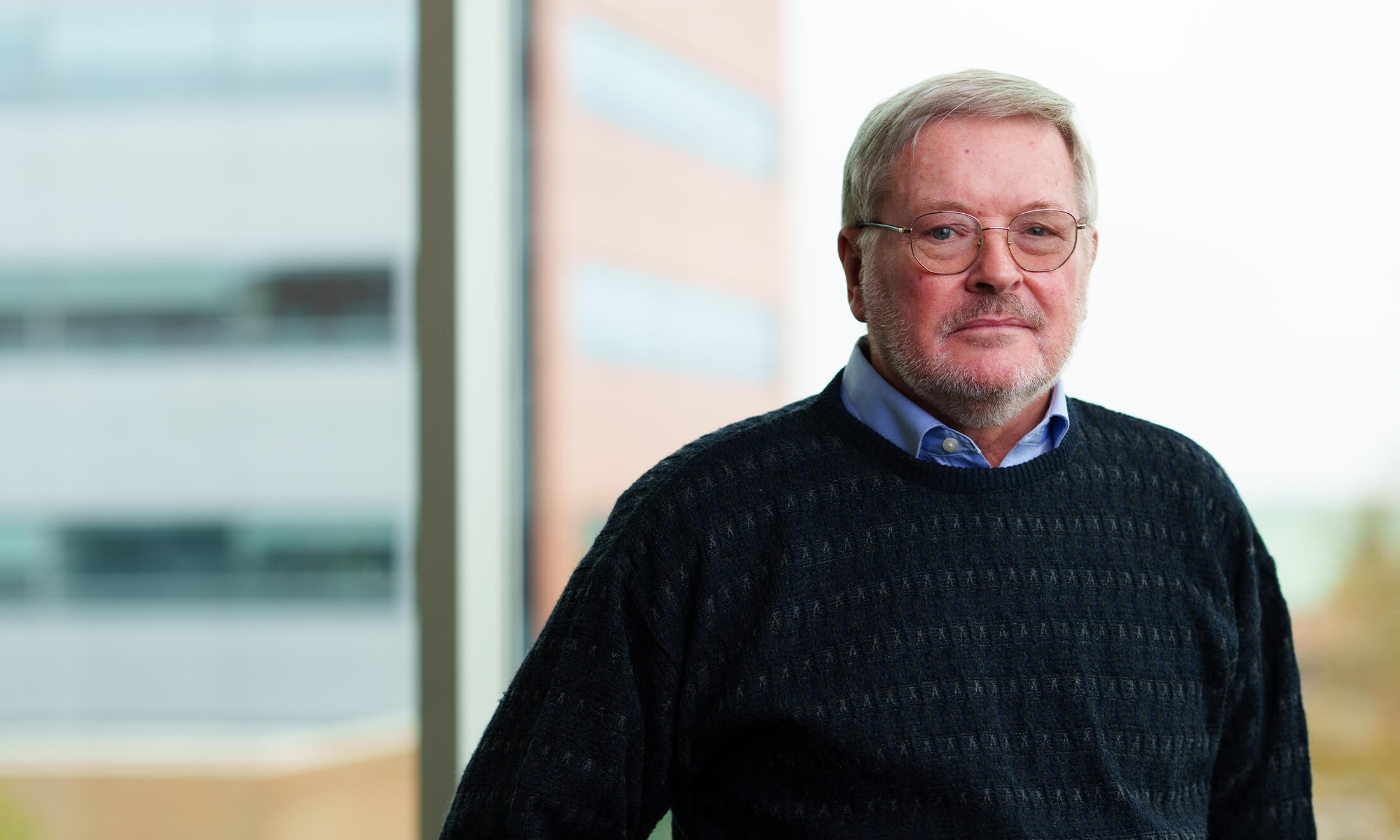
 April 27, 2023
April 27, 2023
 By Andrew Dietderich
By Andrew Dietderich